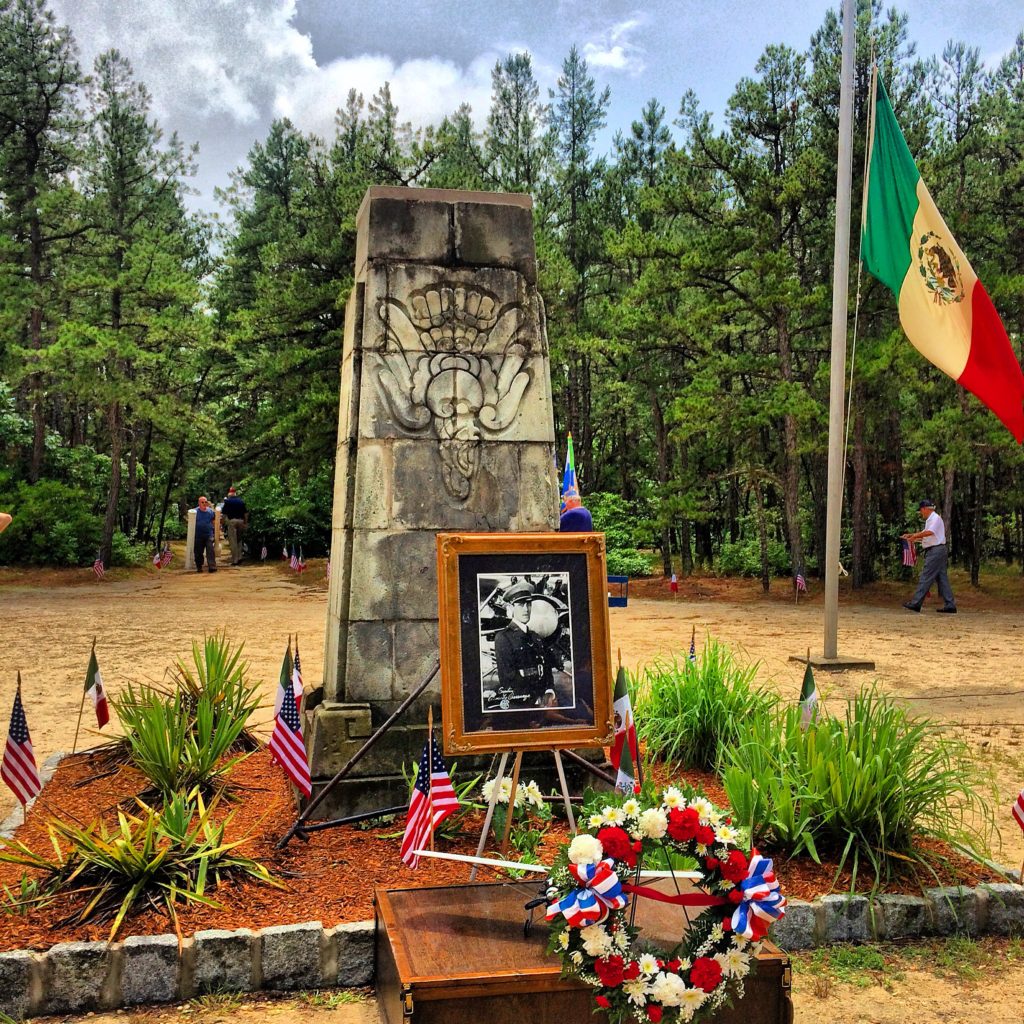
Captain Carranza Monument
As Amelia Earhart’s disputed fate resurfaces in the news, another hero of the Golden Age of Aviation, Captain Emilio Carranza, is forever entwined with New Jersey history. Captain Emilio Carranza, 1905-1928, despite having died as a young man, has an extraordinary public and personal narrative. The captain, nephew of the great Mexican aviator Alberto Salinas Carranza, was known as “The Lone Eagle of Mexico” in his native country, and in the United States as the “Lindbergh of Mexico”. By 22, the ace who grew up in Ramos Arizpe, Coahuila, was an experienced soldier and a survivor of a serious crash which required painful facial reconstruction. Flying in the advent of newsreels, he set the record for the third longest non-stop solo flight, San Diego to Mexico City, which was also the longest flight by a Mexican pilot at the time. He became internationally famous.
Young and personable, his countrymen admired him. On his next flight, Captain Carranza launched “The Mexican Excelsior,” a Ryan Brougham in the style of fellow aviator Charles Lindbergh’s “The Spirit of St. Louis”. Newly married, Captain Carranza did not decline duty and flew on a good will mission to the US in June of 1928. Among his numerous honors were having lunch with the president and receiving the key to New York City. In July at West Point, he had the rare privilege for one of his rank, a review of the troops, which conveyed a mutual respect.
While still in upstate New York, summer storms repeatedly delayed his attempted returns to Mexico. Yet again, when he planned to depart, another violent thunderstorm erupted. Historical rumor has it that during this particular storm, the grand-nephew of former President Carranza, received a telegram from a rival, a cabinet member of the current government, who ordered his immediate return. Another rumor notes that he was trying to get ahead of the weather. The sweet, sad truth is that despite the accolades, he missed his bride and wished to return to her. Several people, including fellow aviator Charles Lindbergh, who would later marry Englewood’s Anne Morrow, an accomplished pilot and navigator, warned him not to go. Despite Captain Carranza’s skill, while flying over the Pine Barrens to land on the New Jersey coast, his single engine plane could not pass through the worsening storm. He tried to land, ultimately crashing to his death at age 23 in Wharton State Forest, part of the town of Tabernacle…
…After the crash, the American Legionnaires of Mount Holly Post 11, along with local volunteers, retrieved his body by hacking through the woods and underbrush of the Pinelands, making a clearing around the plane where this [the monument] stands, marking the area to protect the crash site. They took his body, first to Chatsworth, then to their post, to ensure his dignity and a return with honor to Mexico. As Post 11 notes, their own US flag that draped Captain Carranza’s coffin now hangs in Mexico’s School of Aviation. A national hero, Mexico still commemorates the captain.

Captain Carranza photo and Post 11 Memorial Wreath
Reflecting the loyalty of Captain Carranza, the American Legion members made a promise to keep alive the young hero’s mission of good will and peace, carried on through the generations in an annual ceremony in Tabernacle. Each year on the Saturday nearest July 12th, the beautiful ceremony in Captain Carranza’s honor takes place with some of his relatives, the Legionnaires, Mexican officials, the Girl and Boy Scouts, the Ballet Folklorico Mexicano de Nueva York, the Civil Air Patrol Color Guard, and Medford’s American Legion Post 526 and Veterans of Foreign Wars Post 7677. On special anniversaries, the U.S. Air Force flies over in the missing man formation. The ceremony includes the Post members reenacting the search for the captain and his return accompanied with the hymn “Going Home” by Antonin Dvorak. This year marks the 89th ceremony.
The public is welcome at the ceremony this Saturday, July 9th, at 1:00 p.m. as they are daily at Carranza Park, the monument site. Heading down Carranza Way into the Wharton State Forest, though it is scenic country with wavering GPS upon entering 115,000 acres of woodlands, it is helpful to have a print out of directions. American Legion of Mount Holly 11 kindly provides the best ones: www.post11.org/carranza/carranza8e.html
The Carranza Monument, poignantly, is the heartfelt gift of Mexican schoolchildren, saddened by the loss of their hero in what seemed like the most lonesome place. They pooled coin donations nationwide…the monument’s engraving is of a downward eagle in the Aztec style, signifying the great loss of the young hero, addressed as the “Messenger of Peace” in English and Spanish. His ability and courage inspired many young Mexicans and others around the world to become aviators.
Post 11 periodically shows the documentary “Good Will: The Flight of Emilio Carranza” by Robert Emmons and offers commemorative items like the video “Flying with Emilio”. For comprehensive information on Captain Carranza, including an account by his cousin, visit the Mount Holly Post 11 website, www.post11.org, in English and Spanish. The website also contains information on other events like the Post’s observances for 9/11, Veterans’ Day, and Memorial Day.
American Legion Mount Holly Post 11 conducts the annual ceremony and helps oversee the preservation of Captain Carranza’s Memorial. Donations for the ceremony, the memorial preservation, or both, go directly to these as do the purchase of commemorative items, and would be greatly appreciated. Checks may be sent to: Mount Holly Post 11, PO Box 711, Mount Holly NJ 08060.

American Legionnaires of Mt. Holly and Medford
Additional information: Adapted passage from ‘The Moral Quandary of Heels’ All Rights Reserved © 2013 Kathleen Helen Levey and Instagram @kathleenhelen15
Published on “Writing New Jersey Life” July 6, 2017 All Rights Reserved © 2017 Kathleen Helen Levey
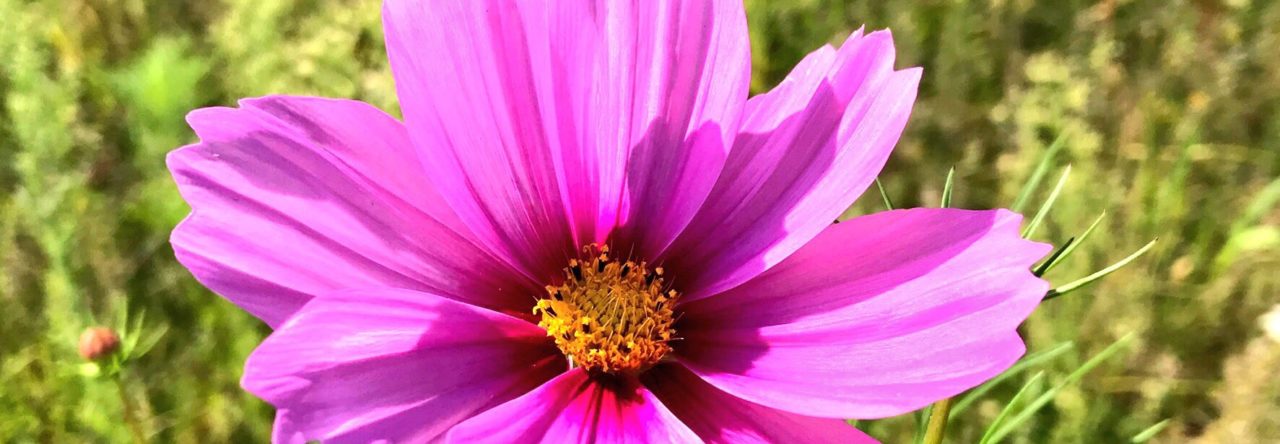
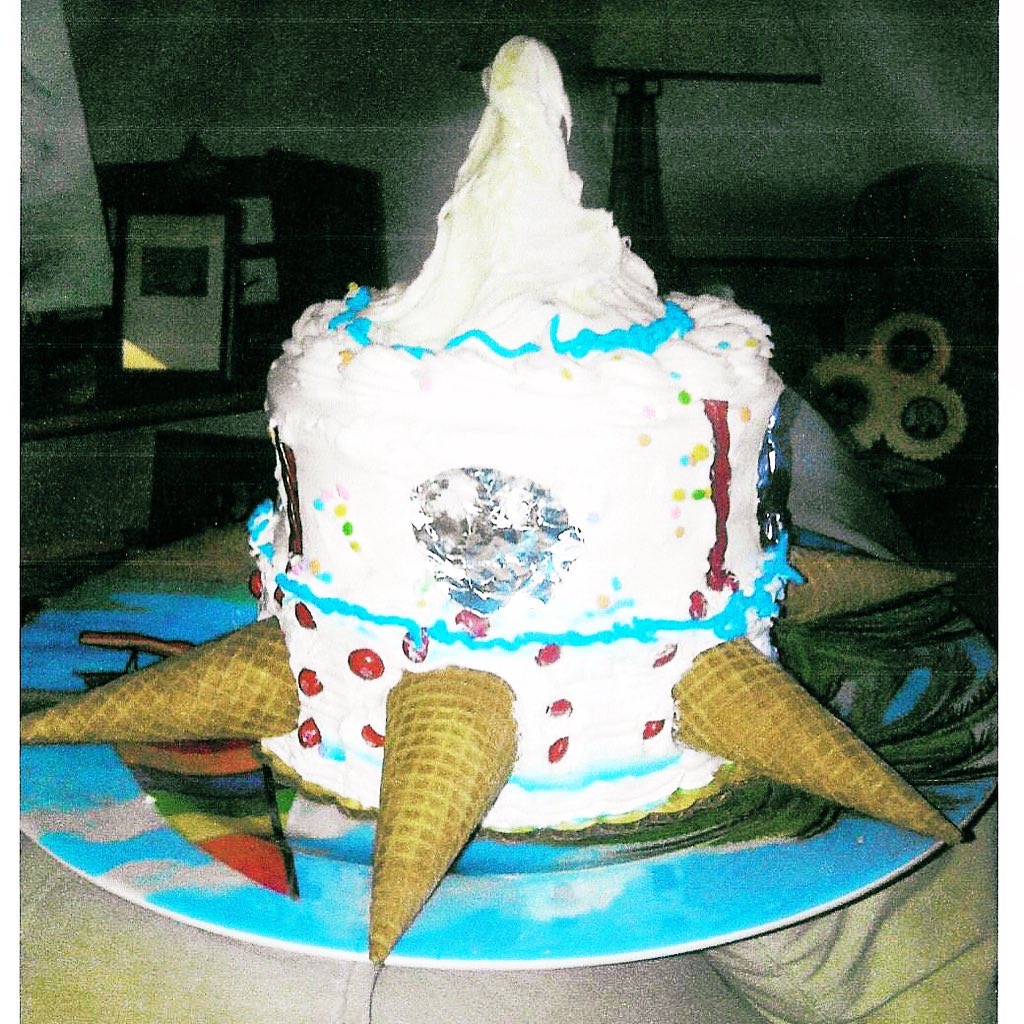
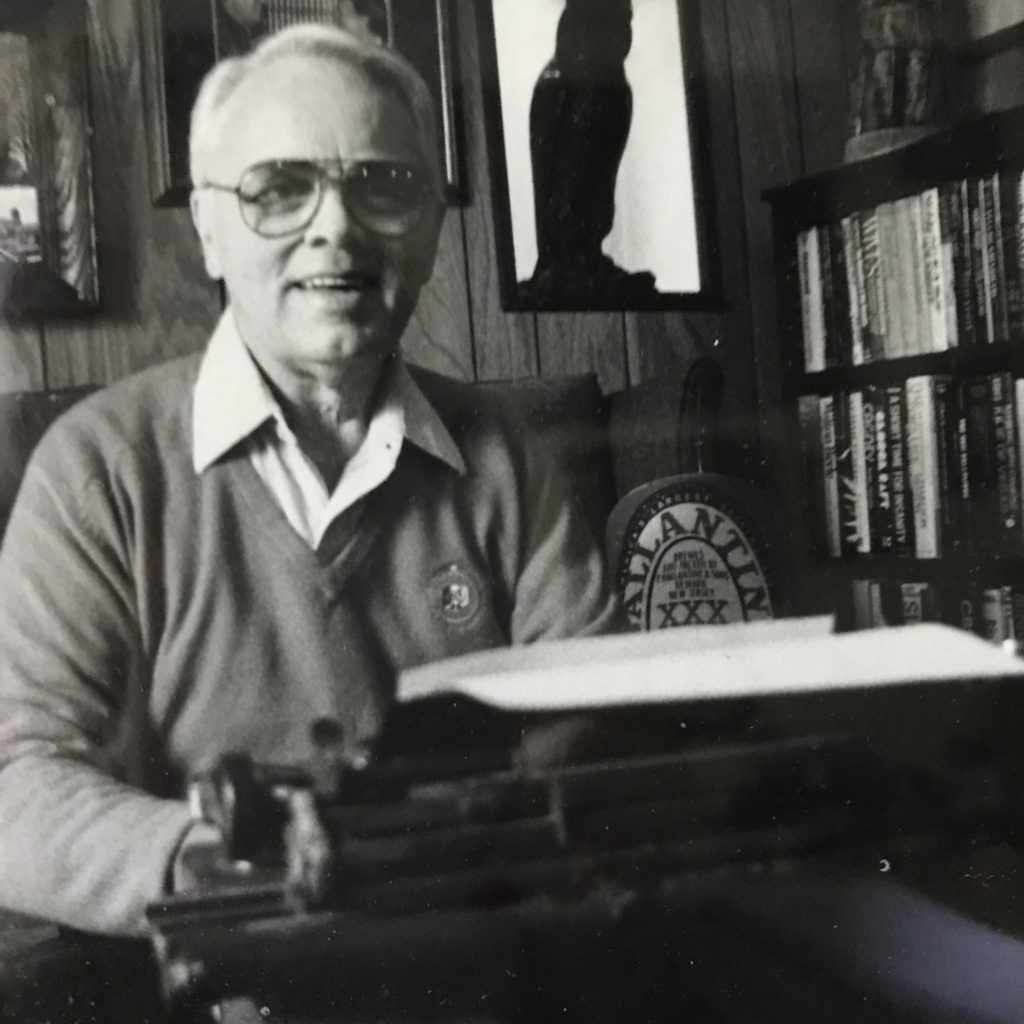
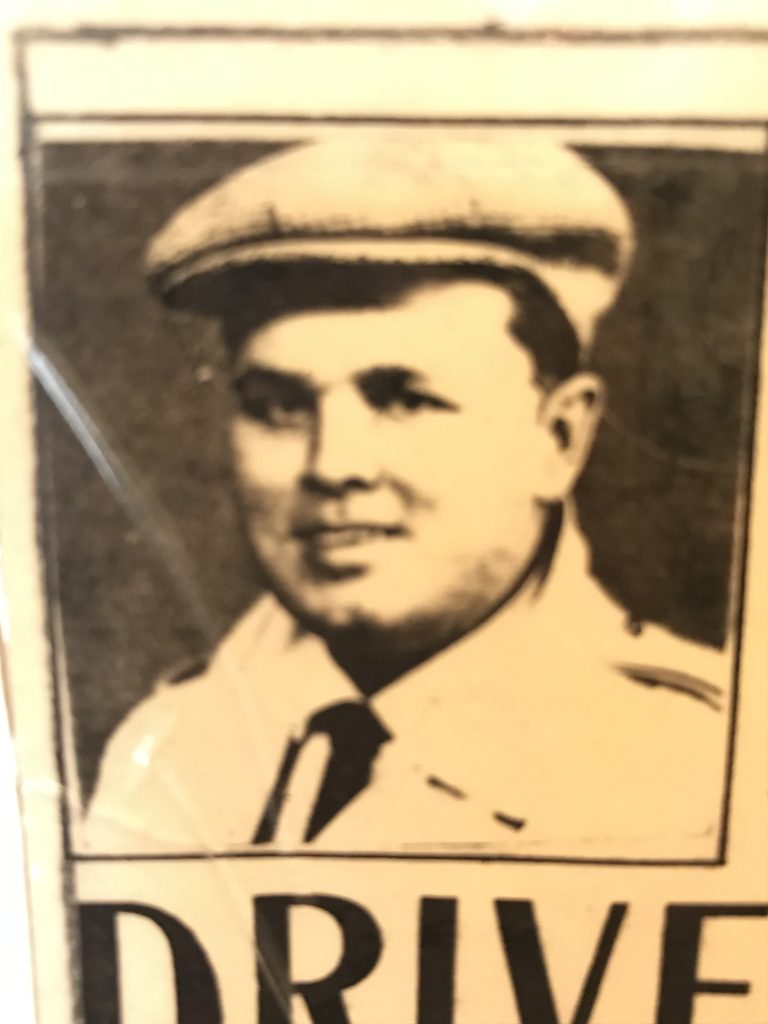
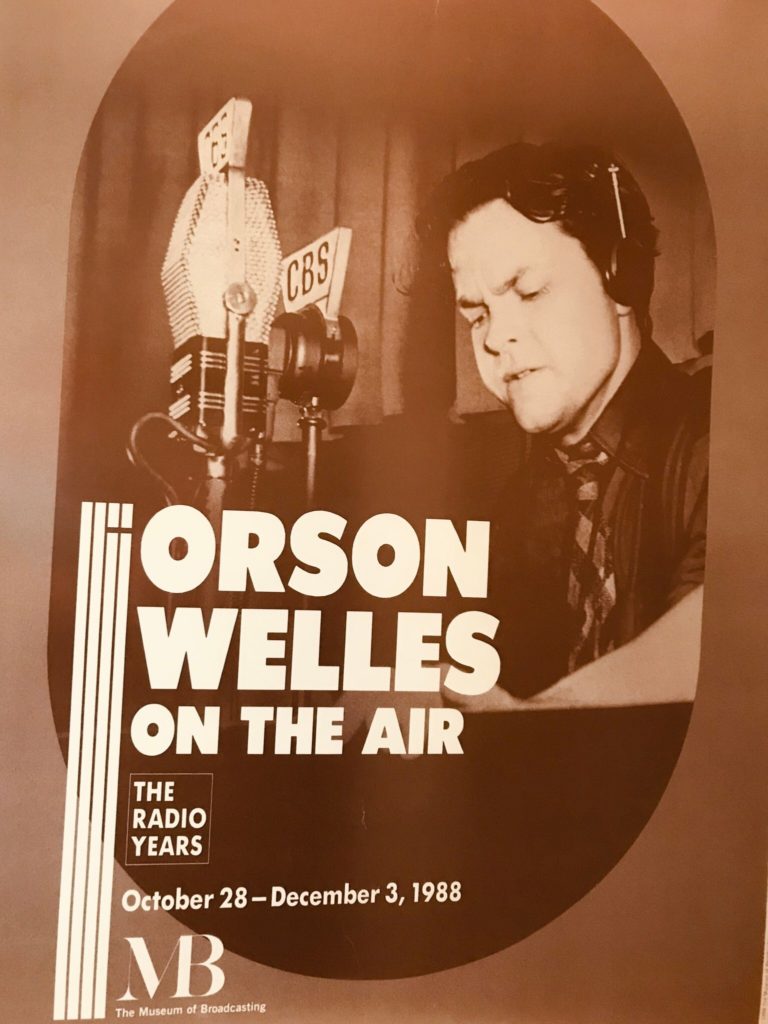
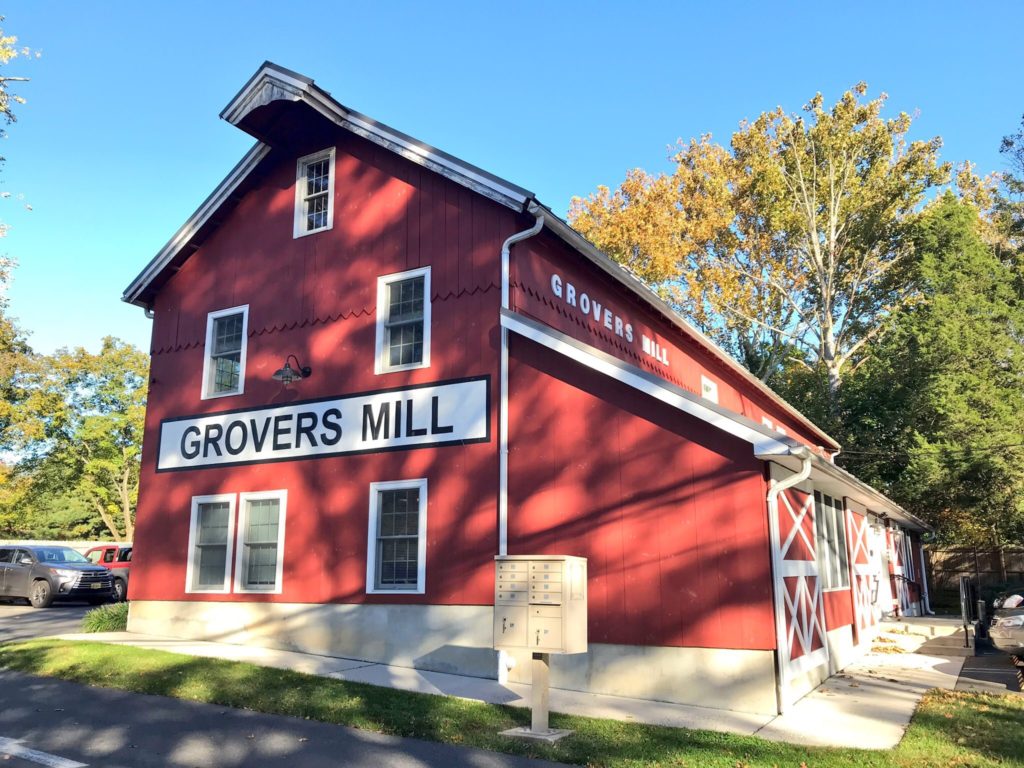
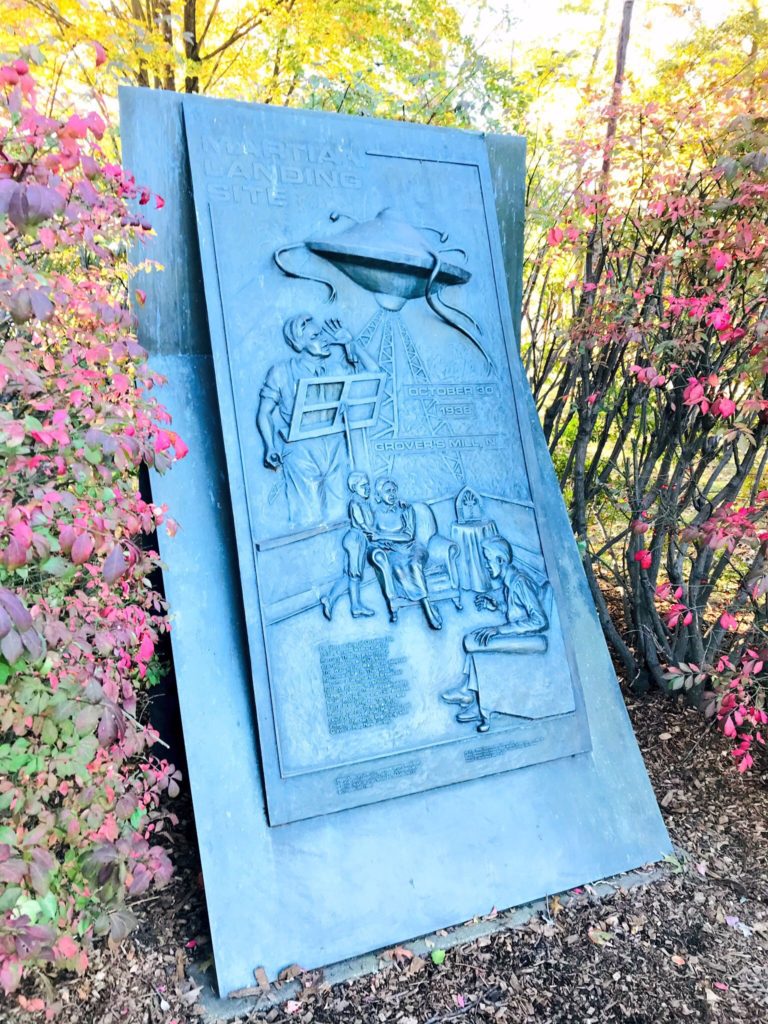
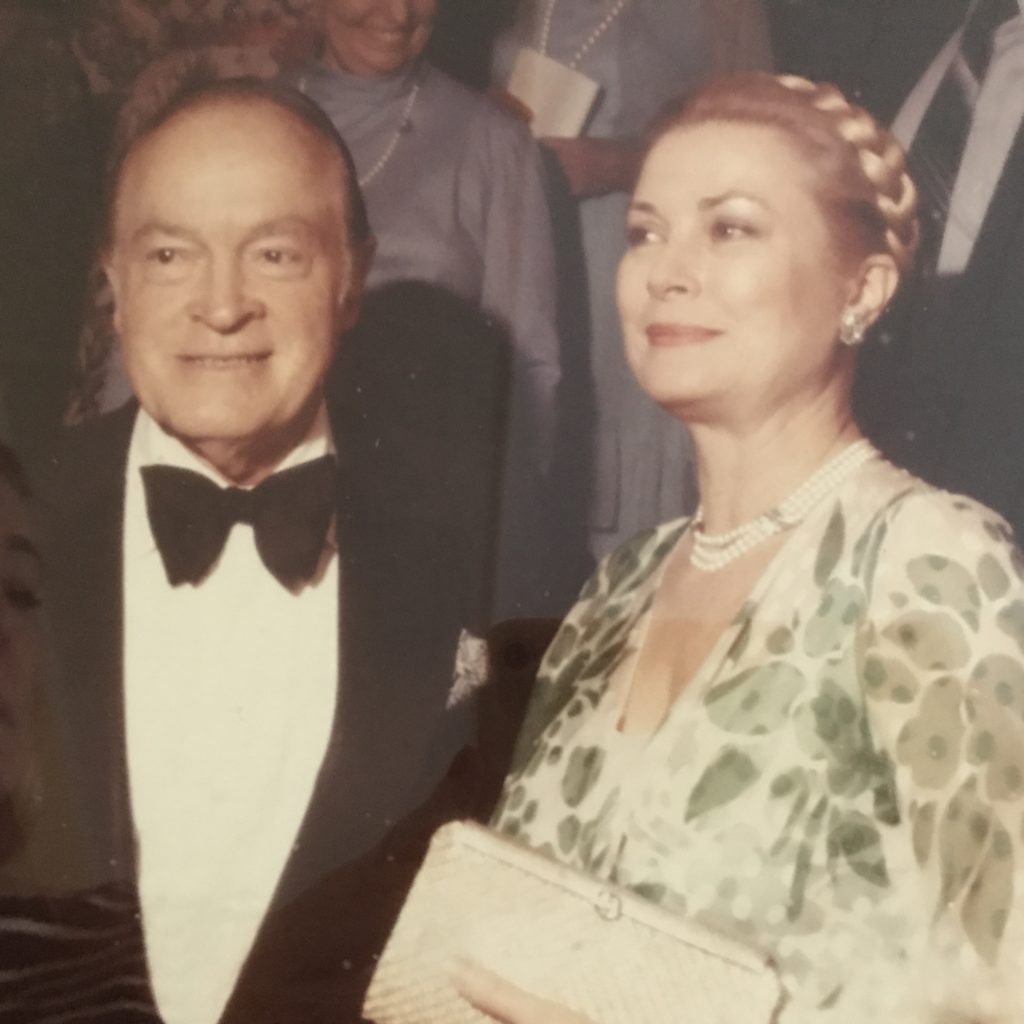

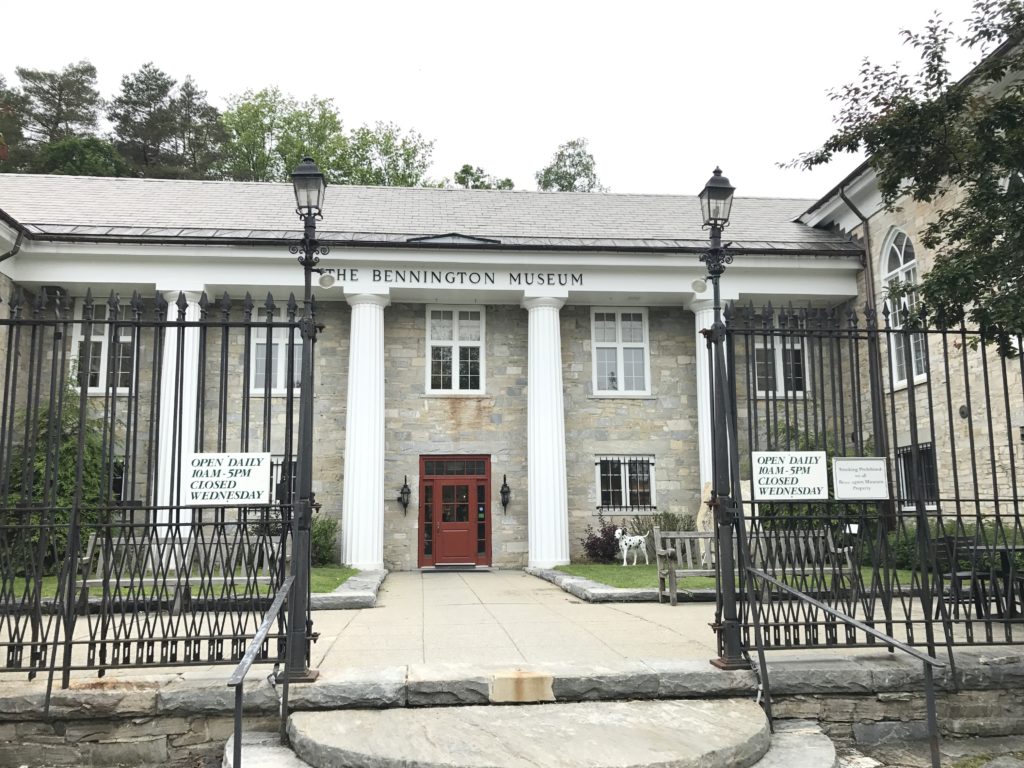
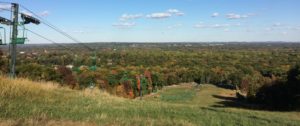

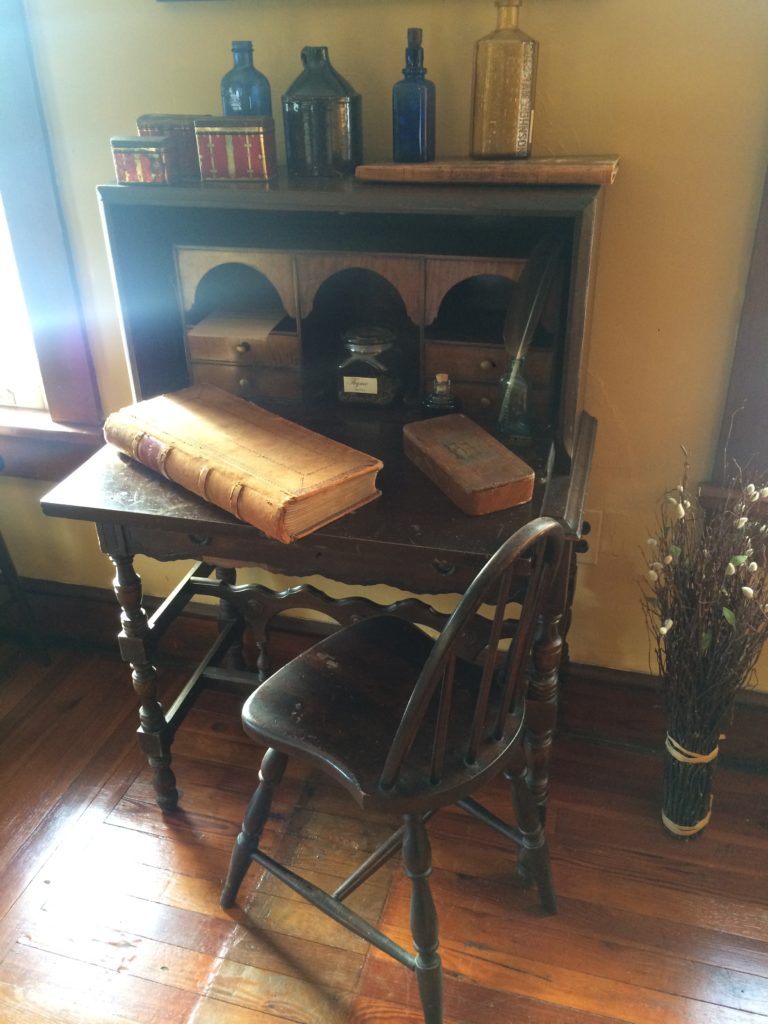 The New Jersey Pinelands were the source of Dr. James Still’s inspiration, where his ingenuity led him to flourish as a homeopathic physician. Known in South Jersey and the Philadelphia area as the “Black Doctor of the Pinelands,” Dr. Still, 1812-1882, became an admired healer and one of the wealthiest men in South Jersey at a time when a formal medical education was not available to him.
The New Jersey Pinelands were the source of Dr. James Still’s inspiration, where his ingenuity led him to flourish as a homeopathic physician. Known in South Jersey and the Philadelphia area as the “Black Doctor of the Pinelands,” Dr. Still, 1812-1882, became an admired healer and one of the wealthiest men in South Jersey at a time when a formal medical education was not available to him. 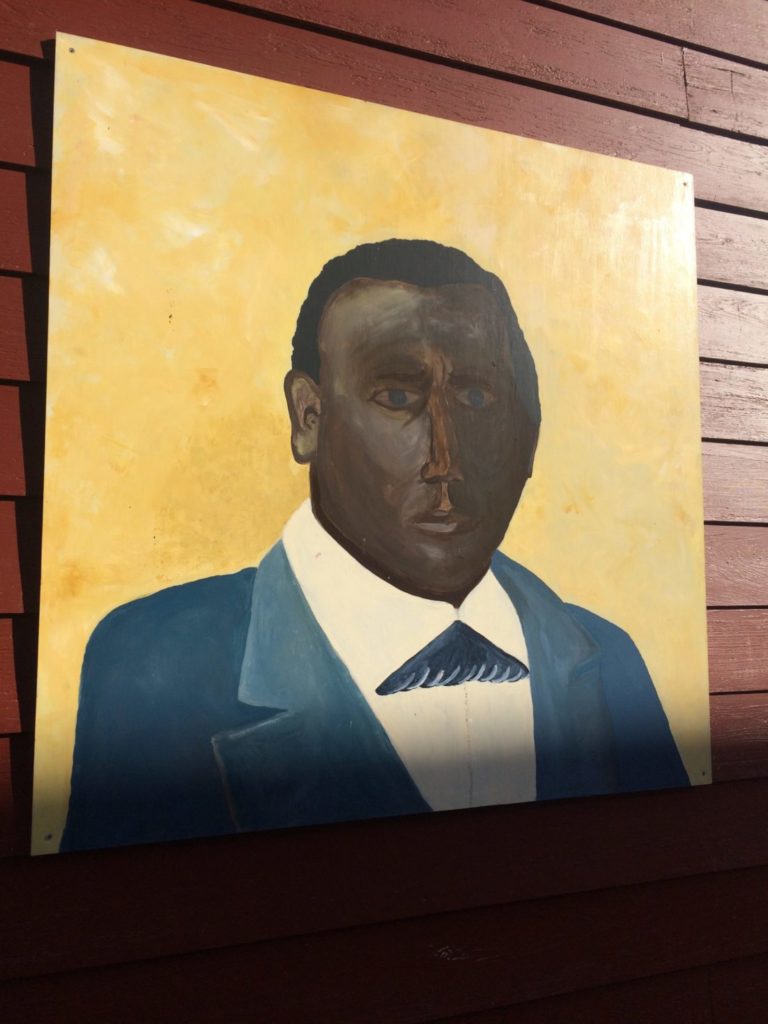 Conscious of being a role model, at times in his autobiography, Dr. Still directly addresses readers: “Rise in the morning with a cheerful spirit, and try to retain it during the day” and “Merit alone will promote you to respect.” More specifically, he encouraged, “…I would like to be an example to my sons, and all other poor young men who shall be so unfortunate as I was to have to commence the battle of life without education or pecuniary means.” Dr. Still’s son James, Jr., became the second African-American man to graduate from Harvard Medical School, doing so with honors.
Conscious of being a role model, at times in his autobiography, Dr. Still directly addresses readers: “Rise in the morning with a cheerful spirit, and try to retain it during the day” and “Merit alone will promote you to respect.” More specifically, he encouraged, “…I would like to be an example to my sons, and all other poor young men who shall be so unfortunate as I was to have to commence the battle of life without education or pecuniary means.” Dr. Still’s son James, Jr., became the second African-American man to graduate from Harvard Medical School, doing so with honors. Quotes from Dr. Still’s “Early Recollections and Life of Dr. James Still”. Adapted text from “The Moral Quandary of Heels. All Rights Reserved © 2013 Kathleen Helen Levey. Published on “Writing New Jersey Life” on 6/21/17
Quotes from Dr. Still’s “Early Recollections and Life of Dr. James Still”. Adapted text from “The Moral Quandary of Heels. All Rights Reserved © 2013 Kathleen Helen Levey. Published on “Writing New Jersey Life” on 6/21/17